
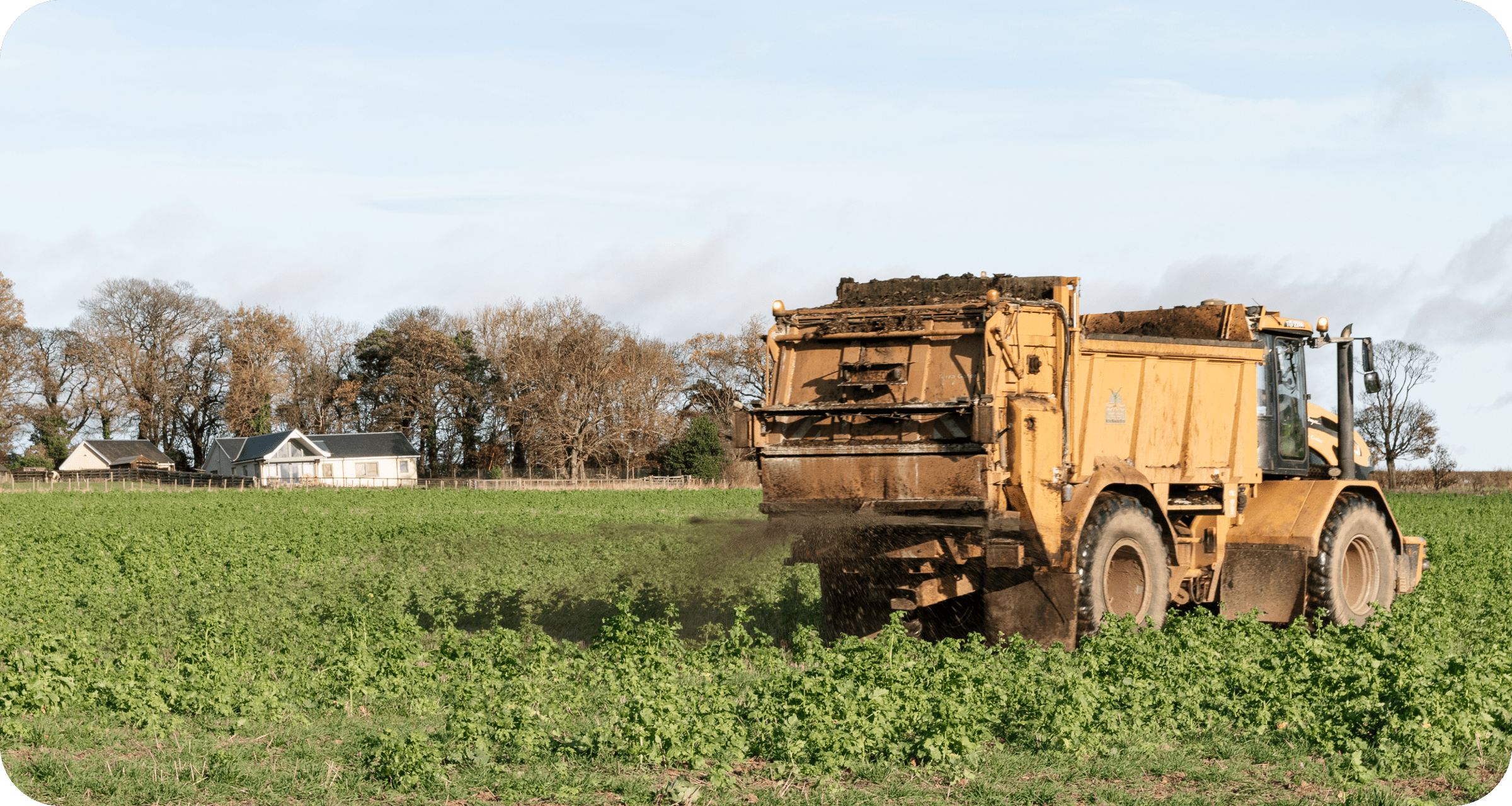
With so many types of carbon projects – from biochar to reforestation to enhanced weathering, and more – it can be overwhelming to decide which to buy carbon credits from.
We're publishing a series of project deep dives to make the evaluation process a little easier. Next up in this article: enhanced rock weathering.
Previously we've explored afforestation, ocean carbon removal, and Direct Air Capture.
The deep dive will cover:
- What is enhanced weathering?
- How is enhanced weathering categorised as a carbon offset project – using the Oxford Offsetting Principles
- How to identify quality in an enhanced weathering project, including: methodology, additionality, leakage, accurate measurements, and co-benefits beyond carbon
- An example of a high-quality enhanced weathering project: UNDO
What is enhanced rock weathering?
It all starts with the chemical weathering of rocks – a natural process that’s part of the earth’s carbon cycle.
Here’s how that works:
- Carbon dioxide in the atmosphere reacts with the rainwater to form carbonic acid.
- When rain falls and hits rocks on the earth’s surface, the acid in the rain dissolves the rock – rock weathering.
- At the same time, minerals in some rocks – particularly silicates – react with the carbonic acid in rain to form solid carbonate ions in solution with the water. Through this process, the carbon dioxide which was in the atmosphere has been removed. This is sometimes referred to as mineralisation, or carbon mineralisation.
- The water, now containing carbonate, enters the water cycle and eventually makes its way to the ocean (our biggest carbon sink) where it is stored for thousands of years.
Rock weathering and carbon mineralisation therefore, are crucial to the natural carbon cycle which maintains levels of carbon dioxide in the air – causing carbon dioxide to be removed from the atmosphere and stored safely in a solid form.
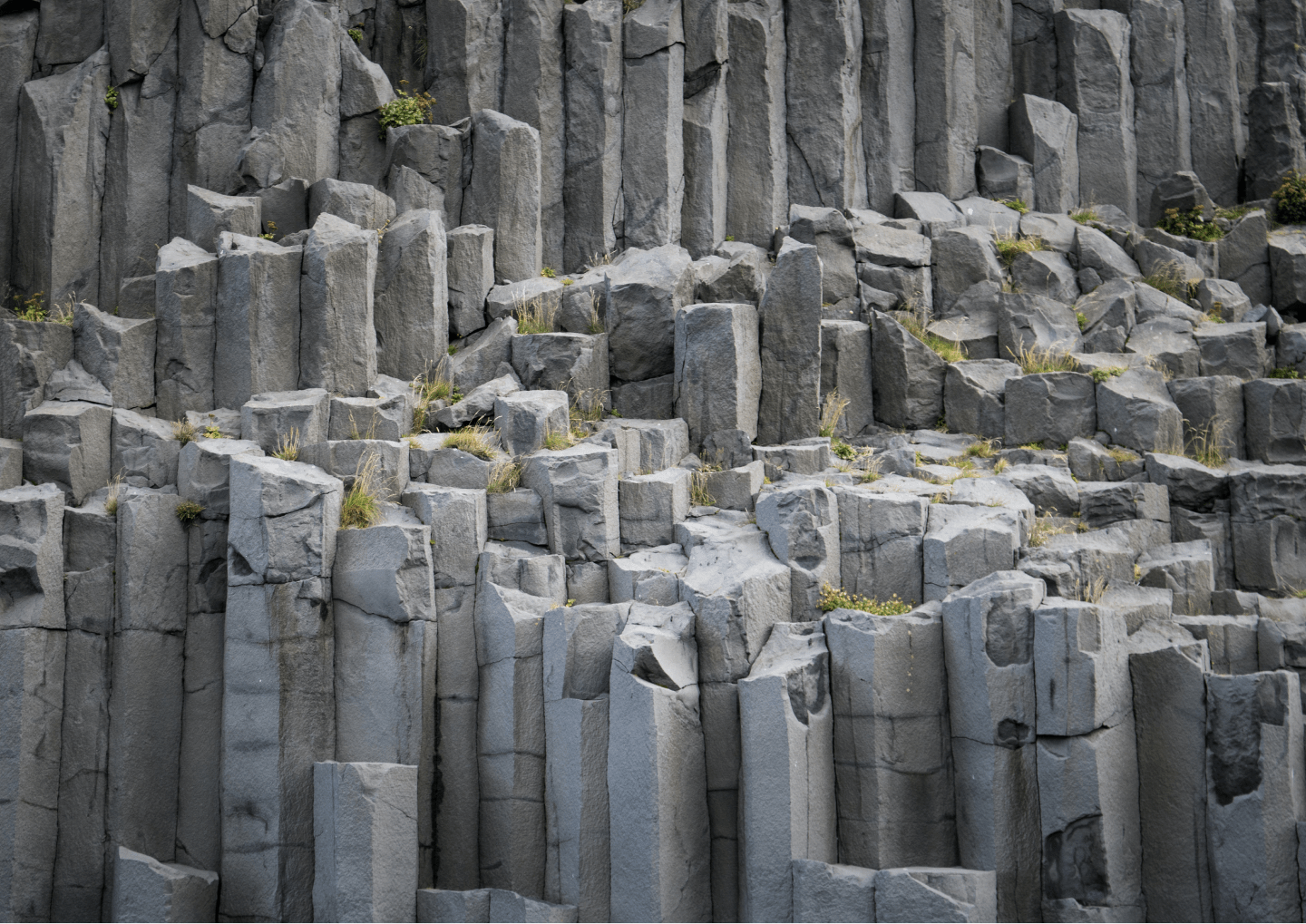
However, it’s an incredibly slow process.
Enter: enhanced rock weathering – often simply referred to as ‘enhanced weathering’, which we’ll do from here on out in this article.
Enhanced weathering refers to techniques used to speed up the process in order to remove carbon dioxide from the atmosphere more quickly.
Typically, this is done by grinding up silicate rocks (such as basalt rock as seen in the photograph above) into a fine powder, increasing the surface area and therefore the rate at which weathering can occur. The powder is often then spread on agricultural land, where it also contributes to soil health – or it can also be spread on beaches where it enters the ocean quickly.
Here's a short video explainer by the team at UNDO of this in action:

Due to the minerals found in cement, the same process of carbon mineralisation can also be applied during the process of making concrete, locking CO2 in concrete. We’ll take a closer look at this – known as concrete mineralisation – in another deep dive blog, coming soon.
How is enhanced weathering categorised as an offset project?
There are many different ways that carbon offset projects can be categorised.
We tend to focus on two key categories, based on the types laid out in the Oxford Offsetting Principles:
- Is the carbon stored, and if so, is it stored permanently or is there a risk of reversal?
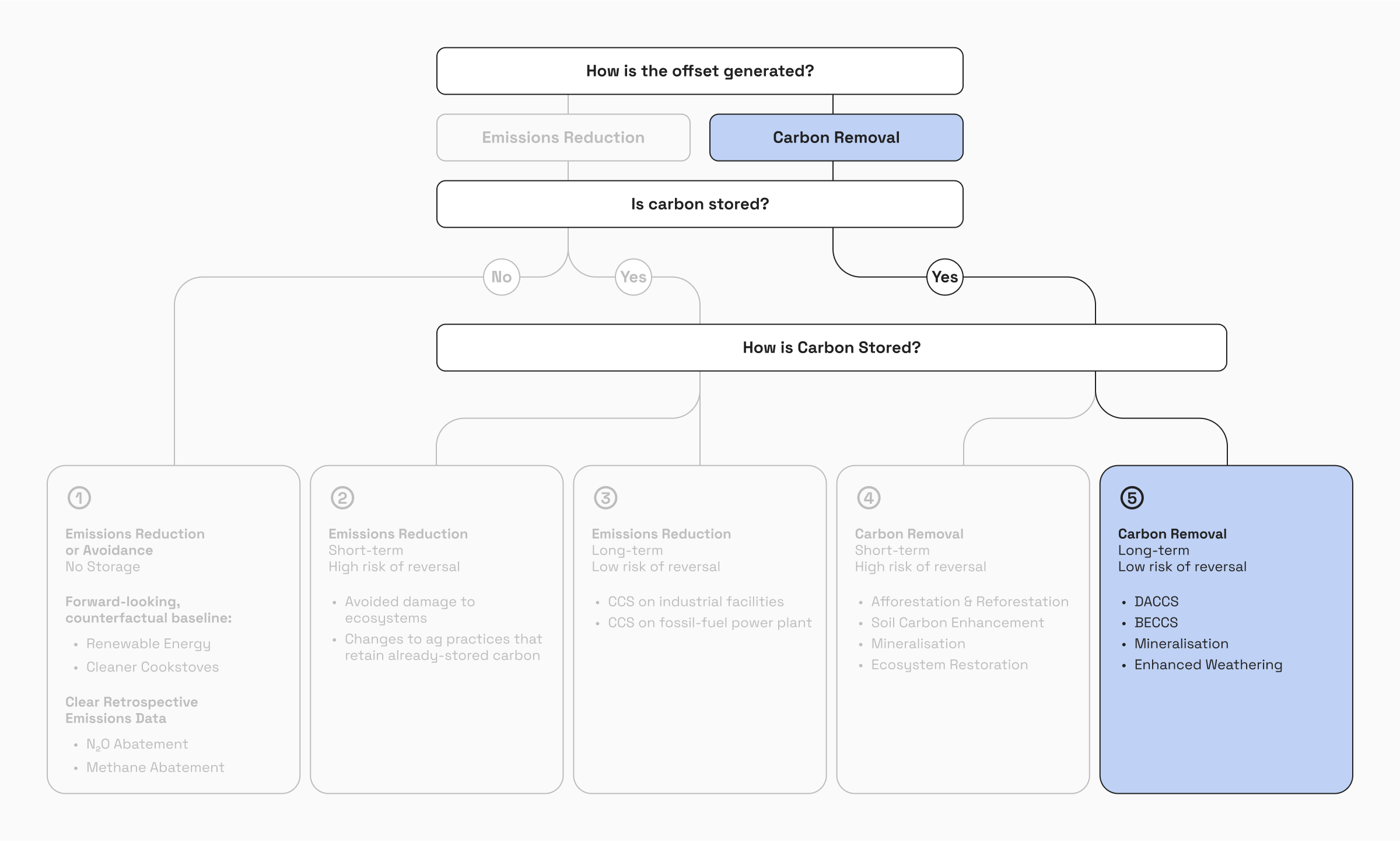
Enhanced weathering projects fit into the Oxford Offsetting Principles type 5 – carbon removal with long-lived storage:
- Carbon removal: through the process of weathering and mineralisation, CO2 is physically removed from the atmosphere.
- Long-lived storage: through chemical reactions, carbon dioxide is turned into a solid carbonate form and is locked away for thousands of years.
This long-lived storage means that enhanced weathering projects naturally have a high level of permanence – there’s zero risk of the carbon removal being reversed.
That’s important because permanence and the durability of the carbon store can be considered a crucial marker of quality in carbon removal projects. We need permanent carbon removal to deal with the vast amount of carbon emissions that we've already pumped into the atmosphere, and as it stands we don't have the methods and capacity to do that, so methods like enhanced rock weathering that are being developed offer potential to scale up carbon removal to the level that we desperately need.
So, what else do you need to look out for when evaluating the quality of an enhanced weathering project?
Identifying quality in enhanced weathering projects, featuring UNDO
When evaluating carbon offset projects to buy carbon credits from, the priority should always be identifying high-quality projects.
There are many markers of quality in carbon offsetting projects, from additionality to permanence to co-benefits beyond carbon – and you can read about this in more detail in our previous blog: What makes a high-quality carbon offset?
But we wanted to give some specific guidance in this article on what to look for when you’re evaluating enhanced weathering projects, and the best way to demonstrate that is to take a real-life example of a high-quality enhanced weathering project.
So, we’d like to introduce you to UNDO, an enhanced weathering project which is included in Lune’s library of curated, high-quality projects.
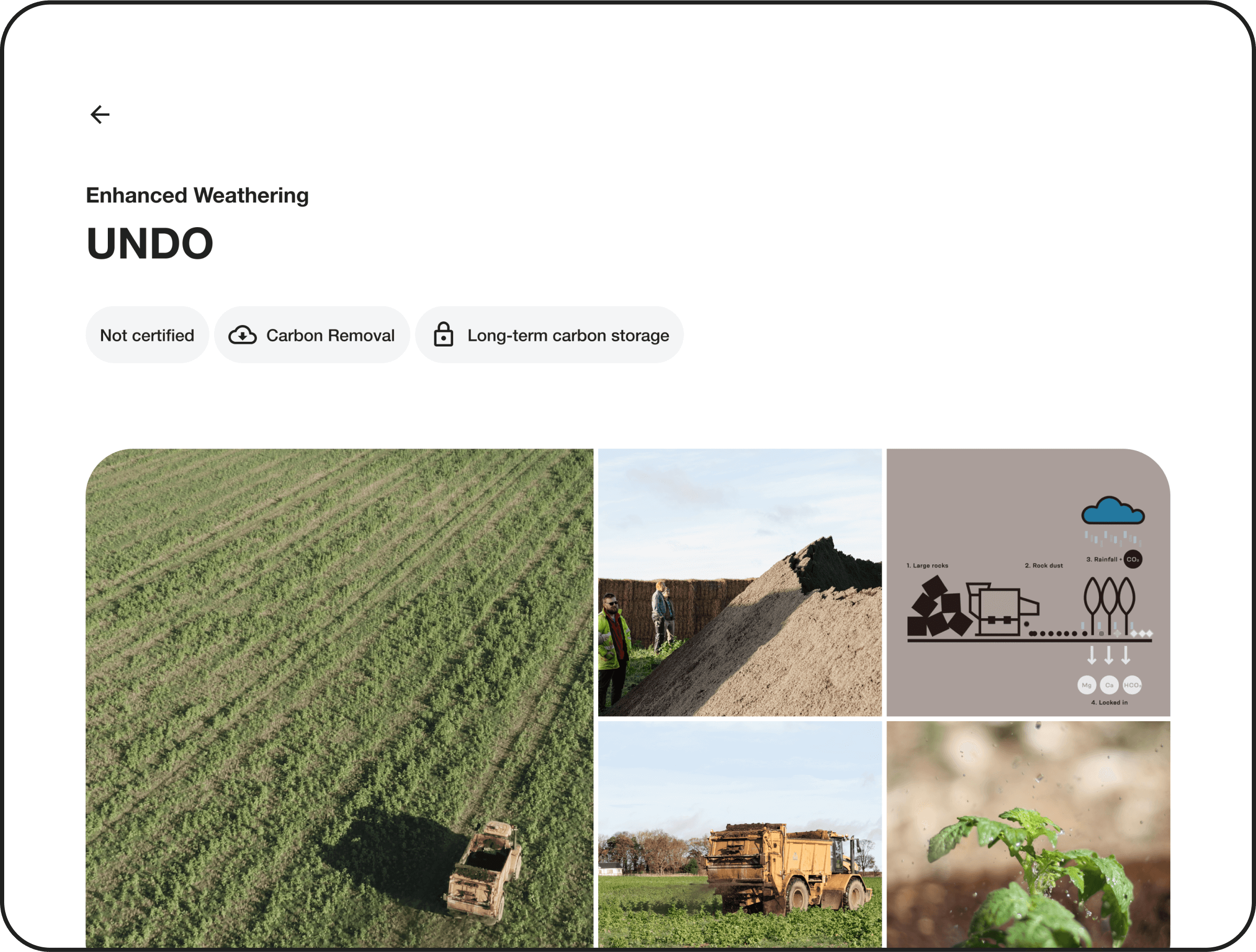
What does UNDO do?
UNDO is an enhanced weathering project developer based in the UK. They use finely crushed basalt rock, a by-product from the quarrying and mining industries, and spread it on agricultural land to accelerate natural rock weathering.
UNDO’s methodology
A project’s methodology holds the key to their quality.
Third-party certification (e.g. by Gold Standard, Verra, or Puro.Earth.) is an important indication of quality in any carbon offset project, meaning that the methodology the project uses has been independently validated, and that the carbon credits they generate are properly managed.
However, for early-stage solutions like enhanced weathering, there often is no existing standard to be verified against, because the methods are so new.
So, for these early-stage, innovative projects, it’s important to understand if they are on the pathway to being verified – working on creating a methodology themselves (which will then be independently assessed and approved by a certification body) or aligning with the development of a third-party methodology.
The methodology is core to understanding a project’s quality, because it explains their entire approach and how they quantify their carbon removal in detail, including all other markers of quality we’ll go on to discuss – and so a high-quality project will always be transparent about their methodology and approach, making it easily accessible for carbon buyers.
Because there’s currently no existing methodology for enhanced weathering, UNDO is developing its own, which will be independently verified and publicly accessible – the first step on the path towards delivering verifiable carbon removal credits for this specific technology.
Using approved science to shape its methodology, UNDO ensures that its approach aligns with leading scientific research.
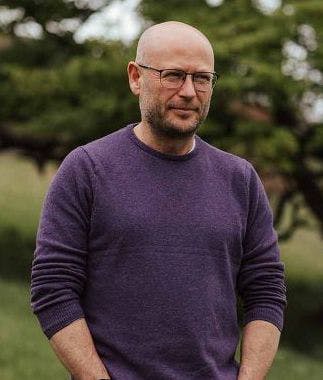
The UNDO methodology and associated activity is underpinned by the ISO-14064 standard, which outlines how organisations should approach quantifying carbon removal.
Plus, they have an entire team of employees focused on research and development, ensuring they’re also constantly identifying ways to iterate and improve on their model internally. This regular reviewing and updating of approach is another fundamental marker of a quality carbon offset project.
Markers of quality within the methodology
Within that methodology, there are many elements of UNDO’s approach that demonstrate the quality and integrity of the project.
These markers will vary depending on a project’s specific approach to enhanced weathering, but to give an idea of what to look out for, these are a few of them:
Additionality
Strict additionality criteria is included in the methodology to ensure that the project’s carbon removal is additional i.e. in addition to the ‘business as usual’ scenario which would have occurred without the project existing.
Subscribe for the latest insights into driving climate positivity
Co-benefits
It’s important that a carbon offset project doesn’t produce carbon benefits at the cost of the wider ecosystem, taking into account local communities in the project area and any other environmental factors. A high-quality project will always acknowledge, measure, and report on the co-benefits of their work.
UNDO rely on agricultural landowners for their enhanced weathering, and by spreading on agricultural land they can also help to improve soil health and increase crop yields – so there’s benefit for the agricultural community from the project. The team aims to communicate these benefits clearly and develop long-term relationships with agricultural landowners.
They’ve also shaped their approach to minimise environmental impact as a whole, including:
- Conducting environmental impact assessments and conforming with any local environmental regulations for their sites.
- Opting to use basalt rock instead of the commonly used olivine – olivine is common because it weathers quickly and so speeds up the rate of carbon removal, but it also contains the heavy metals nickel and chromium, which contaminate soils.
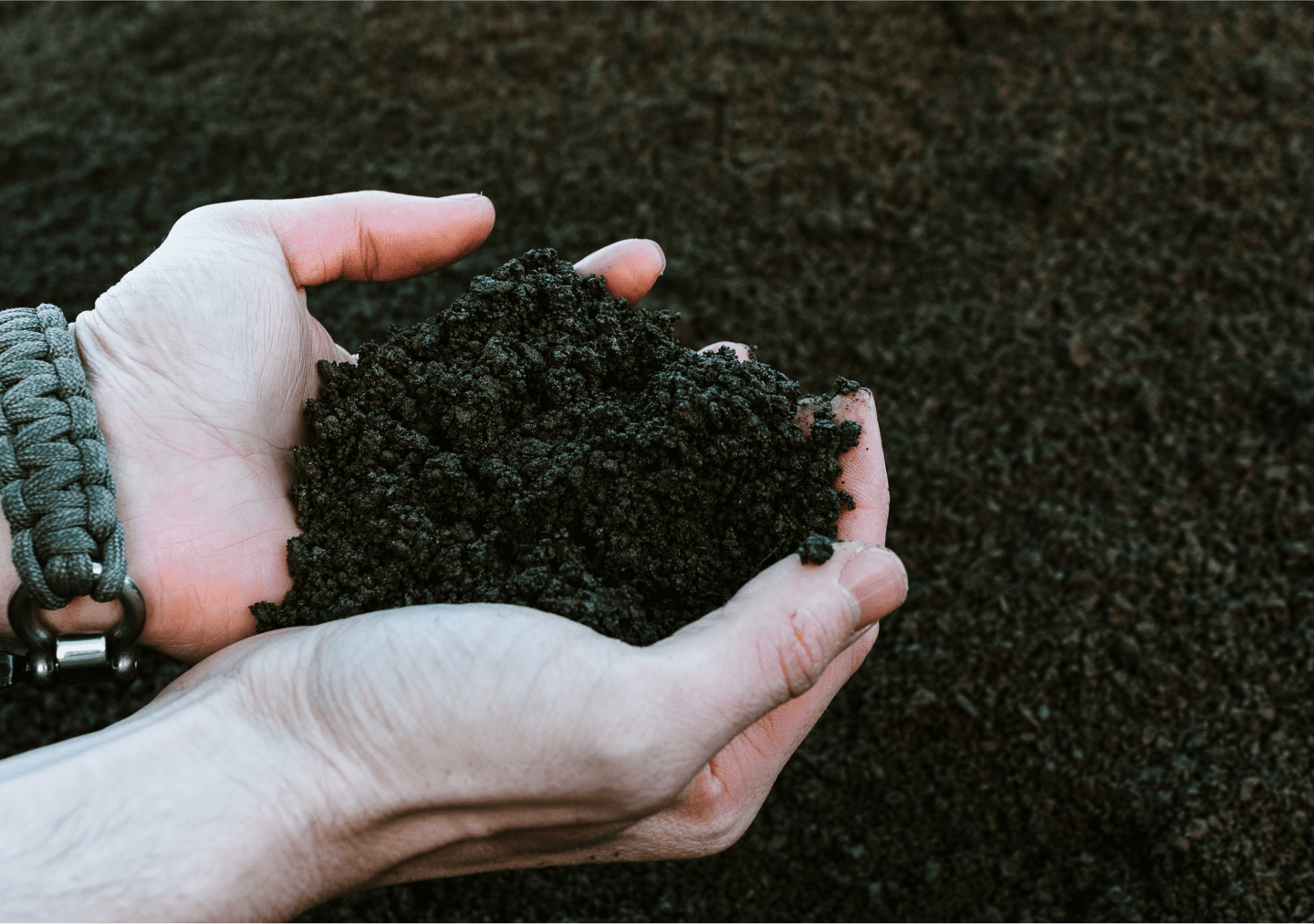
Leakage
Leakage is a common issue with low-quality carbon offset projects, where the project itself causes an increase in carbon emissions due to the activities associated with it.
UNDO conducts life cycle assessments across their entire value chain, calculating the carbon emissions from the project itself and minimising them, for instance:
- Using finely crushed basalt rock that is a by-product from quarrying, so that no unnecessary emissions are created from gathering and grinding the rock.
- Keeping the distance low between the quarry from which they source the basalt rock and the land where the rock is spread to reduce any carbon emissions associated with the transportation.

Accurate measurements
Carbon credits are issued based on the carbon benefit a project brings – in enhanced weathering, how much carbon is removed – and so it’s very important that the carbon benefit is accurately quantified.
A high-quality project will always be open and transparent about how they’ve approached quantifying their impact, and the measuring and monitoring in place to check its accuracy throughout the lifetime of the project.
UNDO has implemented a robust monitoring, measurement, and verification (MRV) system using the latest peer-reviewed science – which is included in the methodology they’re developing. For instance, their MRV includes monitoring indications of weathering taking place at their sites to ensure carbon removal is happening. They look for an increase in PH, and changes in electrical conductivity.
They also build uncertainty into their model – which is something any high-quality project should do (all offset certification organisations have their own requirements for taking uncertainty into account). For enhanced weathering, the primary risk is within the accuracy of MRV, and so UNDO are highly conservative with their measurement estimations. They also have a ‘carbon reserve’ to ensure that if underperformance does occur, the shortfall has already been accounted for.

A summary: what to look out for when evaluating quality in enhanced weathering projects
So, in summary, a high-quality enhanced weathering project should…
- Use a robust, scientific method. Have (or be in the process of developing) a rigorous, science-backed methodology – and they should regularly review and update that methodology based on new research and findings from the project, and have it independently validated.
- Create ‘additional’ carbon removal. Adhering to strict additionality principles to ensure the carbon benefit is in addition to the baseline.
- Produce co-benefits for people and the planet. Measuring and reporting on the project’s co-benefits for the local environment and community.
- Mitigate risks. Have conducted a full life cycle assessment of the project, and acknowledge any risks identified (for example, the heavy metals that olivine can deposit into soils) as well as the mitigation measures being put in place to combat those risks.
- Measure and monitor accurately. Estimating and quantifying the carbon removal the project results in as accurately as possible. Plus, a clear approach to ongoing measuring and monitoring of the project to ensure that those estimates are in line with the actual project results – with mitigation measures in place to account for uncertainty or unexpected shortfalls.
- Be transparent. Importantly, all of this information should be publicly available and easy to find so you can properly evaluate their approach – a truly high-quality project is aware of these pitfalls and communicates them to their potential carbon buyers clearly.
It’s also worth noting that, as with many carbon removal methods, enhanced weathering is a relatively new technique and so many enhanced weathering projects are still in the early stages. As such, they typically need significant financial investment in the short-term to enable the development and scale-up to reach their potential and remove huge amounts of CO2 from the atmosphere – so by contributing to them, you’re making a high level of impact.
To find out more about UNDO, explore our full library of projects, and purchase high-quality carbon offsets, log-in or sign-up to the Lune dashboard.
Plus, if you're curious about our own evaluation process for the carbon projects we include in our library at Lune, take a look at our guide.

Readers also liked
Readers also liked

Subscribe for emissions intelligence insights
Get the latest updates in the world of carbon tracking, accounting, reporting, and offsetting direct to your inbox.


